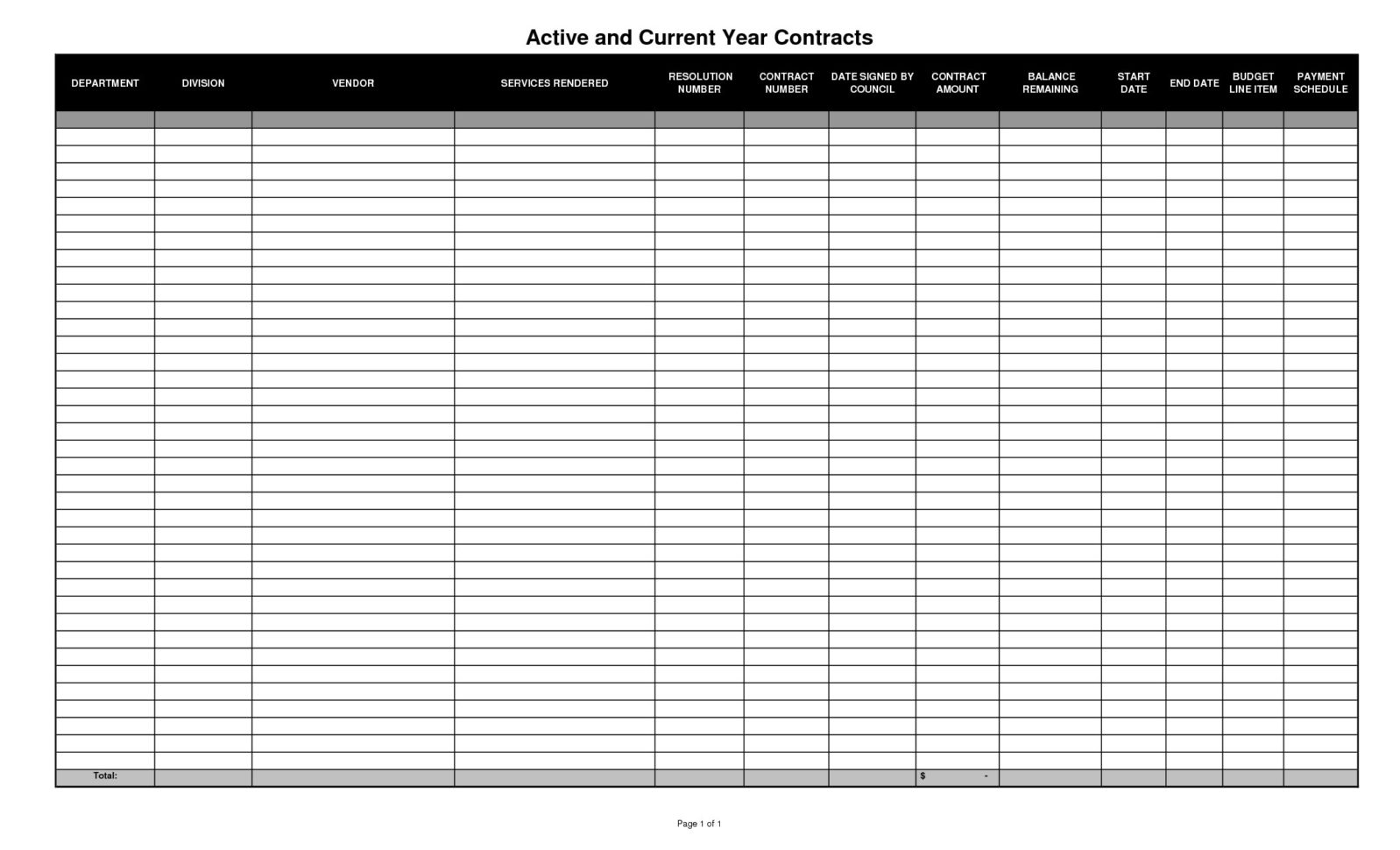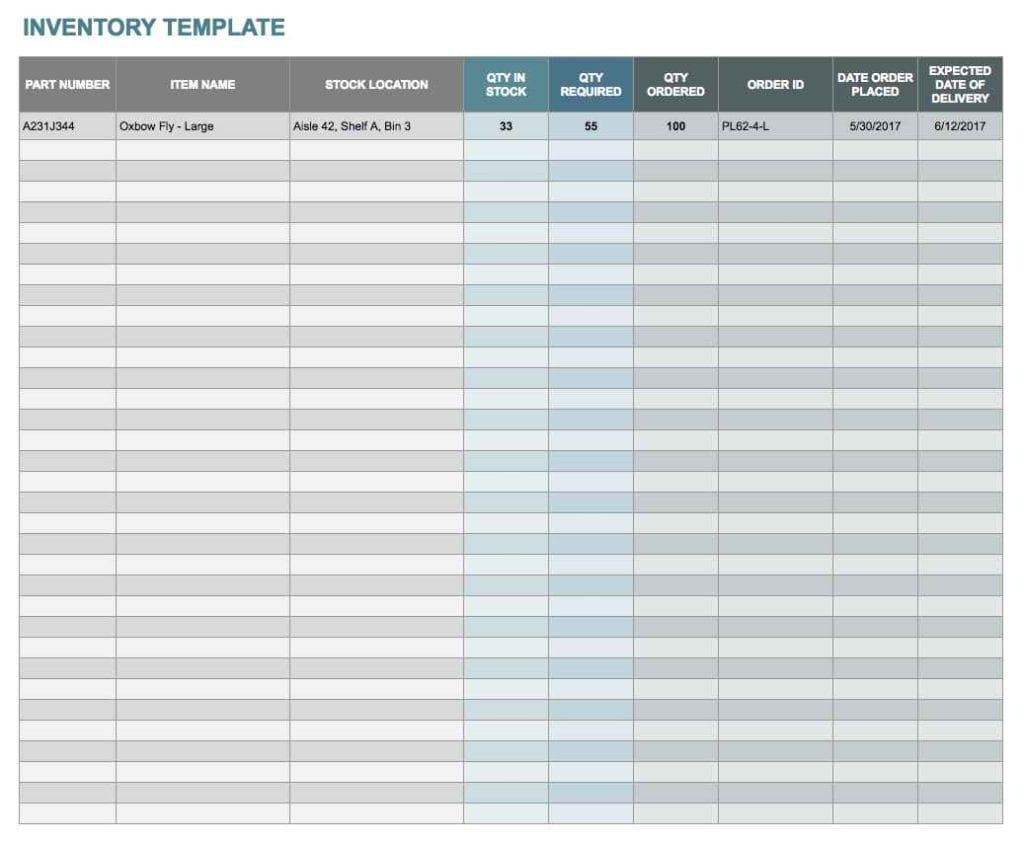

“Is this part of the project scope or not?” That’s the first question to ask yourself whenever the customer asks for a change or extension to the product or deliverable you are building. Sure, the sun may blow up in a supernova explosion and we’ll all be dead, but what are the chances of this happening? Remind the team that good risk management is about focusing and managing the biggest risks and then getting the job done. Risk assessment meetings can often drag on for hours when the participants try to compete over who can think of more risks. The most important step with the Risk Log is to assign a risk owner who will be responsible for monitoring the risk and/or for taking mitigating actions. Then you qualify the probability of the risk to materialize and assign an impact factor – what will be the level of damage if the risk does materialize? The Risk Log Template supports up to 5 levels for probability and impact: 1=low up to 5=very likely/high impact. Using the drop-down menu you assign a risk category (resource risk, schedule risk, business risk etc.). You sit together with the sponsor / client, (co-) project manager and other major stakeholders, and you brainstorm potential risks the project may be facing. The Risk Log Template provides an easy format to guide you through your risk assessment workshop. The circumstances can vary greatly from client to client because you are working with different people from another organization. The first one is my favorite, because knowing that my templates are saving people so much time makes me super happy:Ī risk assessment should be done for every project, even if you have done similar projects for other clients.

Here are some of the comments I received. The templates are designed for efficiency and ease-of-use. The templates don’t have hundreds of data columns which just take up space and are not relevant for most people. I intentionally did not make them too complicated: The amount of automation (formulas) is fairly small. It’s not that I didn’t expect so much good feedback, what struck me was how much people valued the simplicity and clean layout of the templates. The feedback I received from people who tried my templates was overwhelmingly positive. Once I had built the templates, I shared them with my readers – people from all industries who manage simple and complex projects in-house and for external clients. Templates that would allow me to perform all my duties in an efficient and non-overwhelming manner (I hate when spreadsheet templates are over-engineered).

I decided to create a complete set of project management templates from scratch.
Microsoft excel template password#
That’s why back in 2012 I decided to build my own set of project management templates for ExcelĪfter having tried many other templates from the web and being frustrated by their limitations (some even had password protection which I could not get rid of) I made a decision:
Microsoft excel template free#
You can find tons of free project management templates on the web, but many of them are either incomplete or they simply don’t meet the standards of a high-stakes project environment. Whether you are having success managing projects in Excel or not is a question of what templates you use. But with a good project management template for Excel even adding dependencies becomes possible (my Excel Gantt Scheduler supports dependencies). There is no out-of-the-box way for creating dependencies between tasks. Sure, there are limitations to using Excel for project management.
Microsoft excel template Pc#
Therefore I’m able to review my task lists and schedules conveniently from my PC and from any location – from the train, on the bus or on the airplane. We need to do all those things – organizing information, mathematics, data visualization – and this is exactly what Excel does better than any other tool!Īnother reason why I keep using Excel for managing projects is that I can do my work offline. We need to generate visual graphs for those numbers so that we can share financial data in an executive-friendly format. We also heavily work with numbers, whether it’s when planning out the project budget or for benchmarking our projects against others. We need to track dates and tasks on a detailed level. A major part of our job as Project Managers is to organize information: We need to break down large complex activities into smaller achievable steps.


 0 kommentar(er)
0 kommentar(er)
